Turn on is governed by the threshold voltage.
Vth or Vgs_th or similar.
This is specified at a stated current - usually small - 10 uA or 100 uA or sometimes 1 mA.
Useful turn on voltage is a volt or more above this value and fully enhanced operation needs typically 2 or 3 times as much voltage.
Most data sheets (all good ones) contain graphs that show the current that can be passed at various combinations of Vgs and Vds. These are often given at two temperatures - often 25C and 125 C
Below are two sets of curves for a BSS138 MOSFET.
I do not recommend this MOSFET as there are many many .. better ones available BUT it is a popular hobbyist choice.
Fig 6 shows Vds versus Ids (or Id) for various values of Vgs.
When the curves rise relatively vertically the FET is in a near resistive mode - the resistance at any point is given by R = V/I = Vds/Ids at that point. When they begin to curve to the right the FET is entering an ~= constant current mode and resistance risews with increasing Vds wit minimal increase in current.
For Vgs = 2V the FET is != fully on up to about 0.1A. It is close to CC (constant current mode by Id=0.2A.
At Vgs = 2.5V it is in resistive mode up to about 0.5A when Vds is about 0.9 V.
At Vgs = 3.5V it is in resistive mode for all Ids shown on the graph.
Fig 7 is unusual - not many FETs have this graph shown.
This shows Id for values of Vgs below what would be considered to be Vth usually. Also it shows min, typical and max curves - a very unusual set of data to be given but very informative. It can be seen from Fig 7 that to get 1 uA Id you need about 0.55 / 0.8 / 1.15V Vgs min/typ/max.
To get 1 mA you need about 0.8 / 1.0 / 1.6V min/typ max Vgs.
SO in this case - the FET can be said to be "starting to turn on " with about 1.1V worst case on the gate - when you get about 1 mA Ids. But to get say 500 mA you'd want 3.5V or better for Vgs.
As a general rule, the higher Vgs the better as long as Vgsmax is never exceeded. Exceeding Vgs by a modest amount (say 10%) MAY lead to gate-source oxide insulation breakdown and destruction of the FET.

ADDED:
Vth or Vgsth is a useful starting point BUT the graphs are MUCH more useful and are your great friends. Learn to use them and appreciate what they tell you. A single parameter is relevant at one point only and is usually a typical value. Rdson (= the slope of the Vds/Ids curve at some specified point) is often given for pulsed operation at 25C. To properly understand what happens you need to look at the graphs. DO NOT be scared of them - once you learn to use them they are vastly more useful than any single figure can be.
